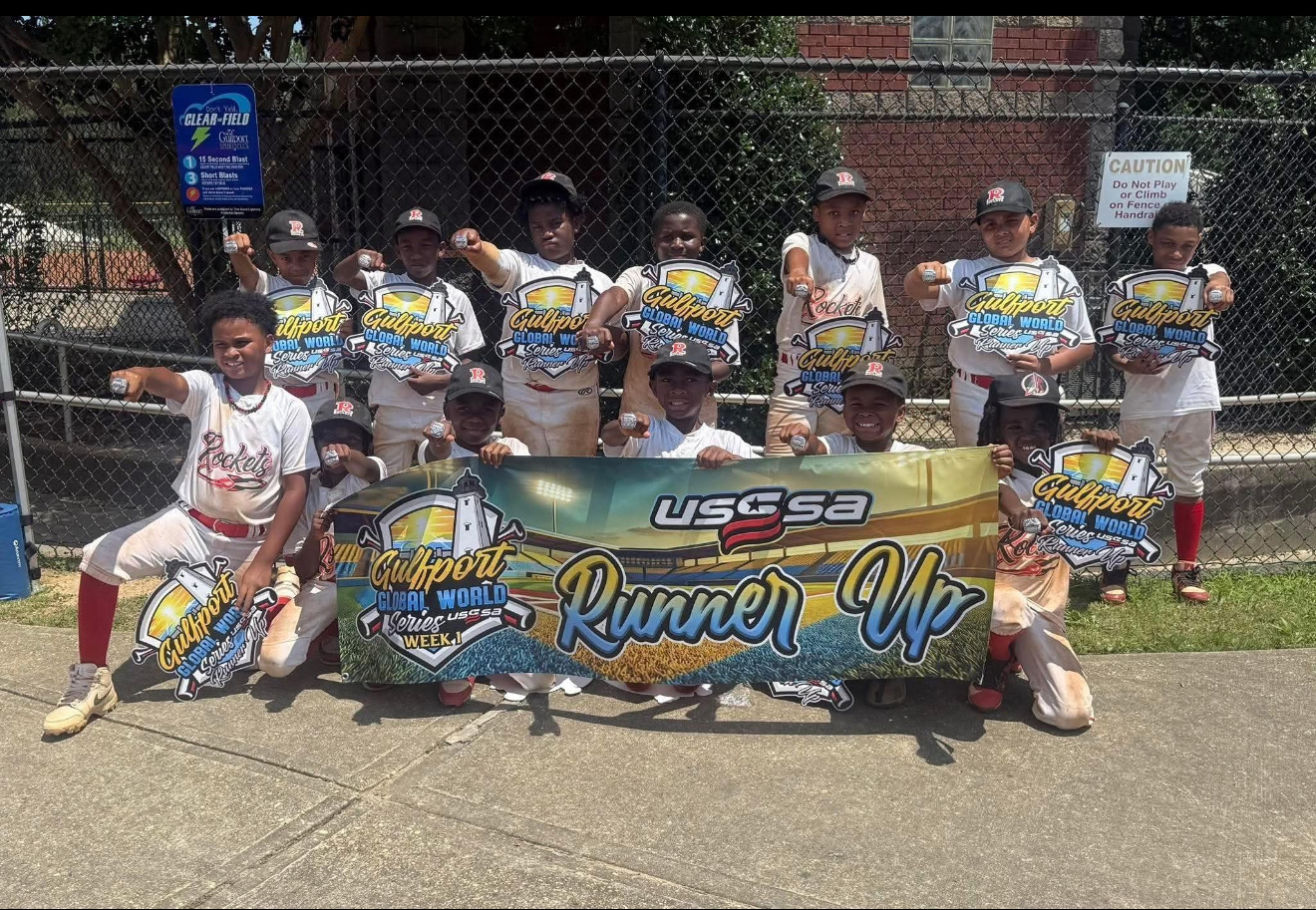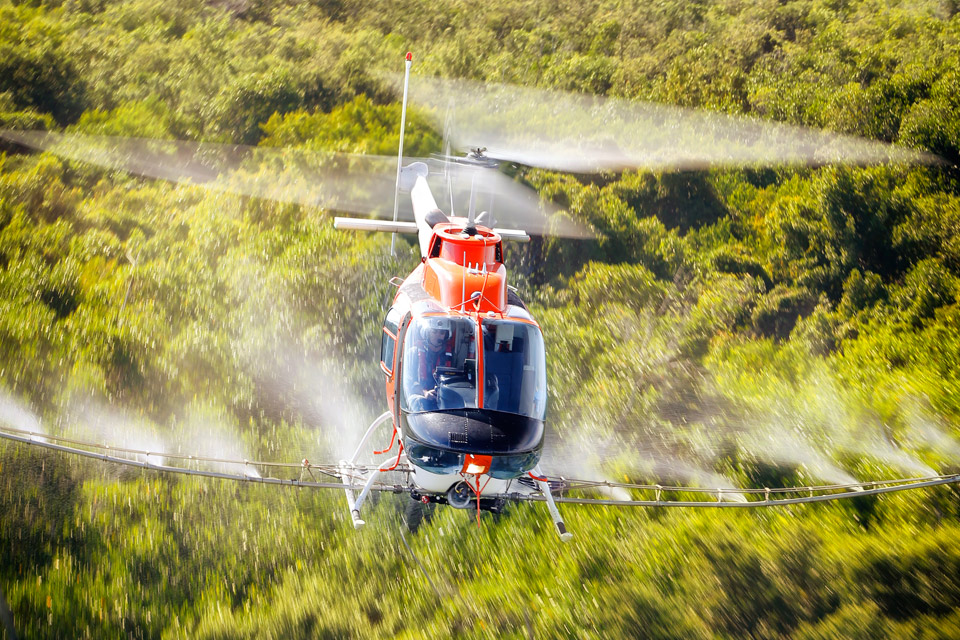Chlorine burn in St. John ends
Published 7:24 am Friday, November 21, 2014
By Monique Roth
L’Observateur
LAPLACE — St. John the Baptist Parish has successfully completed its required chlorine burn for St. John Water District 1, the Department of Health and Hospitals ruled Thursday.
DHH issued an Emergency Order in August, which required Water District 1 to perform a 60-day chlorine burn after the Aug. 27 announcement that water taken in a sample two weeks earlier from the district tested positive for Naegleria fowleri ameba.
The burn started Sept. 18, and the impacted water system serves six parish schools and more than 12,500 people in Reserve, Garyville, Mt. Airy and a small portion of LaPlace.
“I want to reassure the residents of Water District 1 that the water is safe to drink and use for all purposes,” Parish President Natalie Robottom said Thursday. “With consistent levels of chlorine in the water for the past 60 days, this eliminates conditions that breed the ameba and restores water that is safe for all purposes.”
Robottom said she was relieved this phase of the emergency requirement has been met, but added efforts to maintain compliance with state and federal regulations are ongoing.
“The parish has been very cooperative,” DHH Chief Engineer Jake Causey said of St. John Parish during the burn process.
The next step in the parish being released from the Emergency Order will take place Dec. 3, Causey said, when DHH will collect samples for Naegleria fowleri testing. He said those results are expected to come back within two weeks of Dec. 3.
Until then, Causey said the parish must continue to stay on free chlorine, maintaining residuals above 1.0 mg/l until the results of the samples indicate there is no presence of Naegleria fowleri.
Throughout the burn, the water has been treated with free chlorine versus chloramine — the combination of chlorine and ammonia used to treat water on a regular basis.
Causey said the future sampling date of Dec. 3 was established because a “contractor working with (DHH) in the lab who has the experience is not available until then,” adding the delay in testing is for no other reason.
During the burn, two water samples were taken daily in the impacted water district, one at the point of entry at the water plant and one at the maximum resident time located at the end of the distribution line. In addition, the Utilities Department tested 70 sites identified by DHH once per week to verify adequate levels of chlorine were in the system.
DHH announced early in the burn process it would come in and sample the system again for presence of the ameba at the end of the 60-day burn. Officials said in previous cases in Louisiana a burn has been effective in controlling the ameba.
Parish Public Information Officer Baileigh Rebowe said the chlorine burn required a 1.0 mg/l chlorine residual be maintained throughout the system for the 60 days. The statewide emergency rule requires .5 parts per million, but the DHH administrative order mandated St. John Parish maintain 1.0 parts per million throughout the system during the burn.
As of Tuesday, Parish Communication Director Paige Falgoust said chlorine levels were 3.4 parts per million at the point of entry site and 1.6 parts per million at the maximum resident site.
Falgoust said the parish received word from DHH Thursday that it is relieved from monitoring and reporting the 70 sample sites and can return to routine chlorine residual monitoring of the two daily samples.
Once negative results for Naegleria fowleri are received, Falgoust said, the parish will issue a public notice of the conversion back to chloramine disinfection before making the conversion.
Causey said St. John Parish would still be under the Emergency Order until acceptable chlorine levels are “maintained for some time.”






